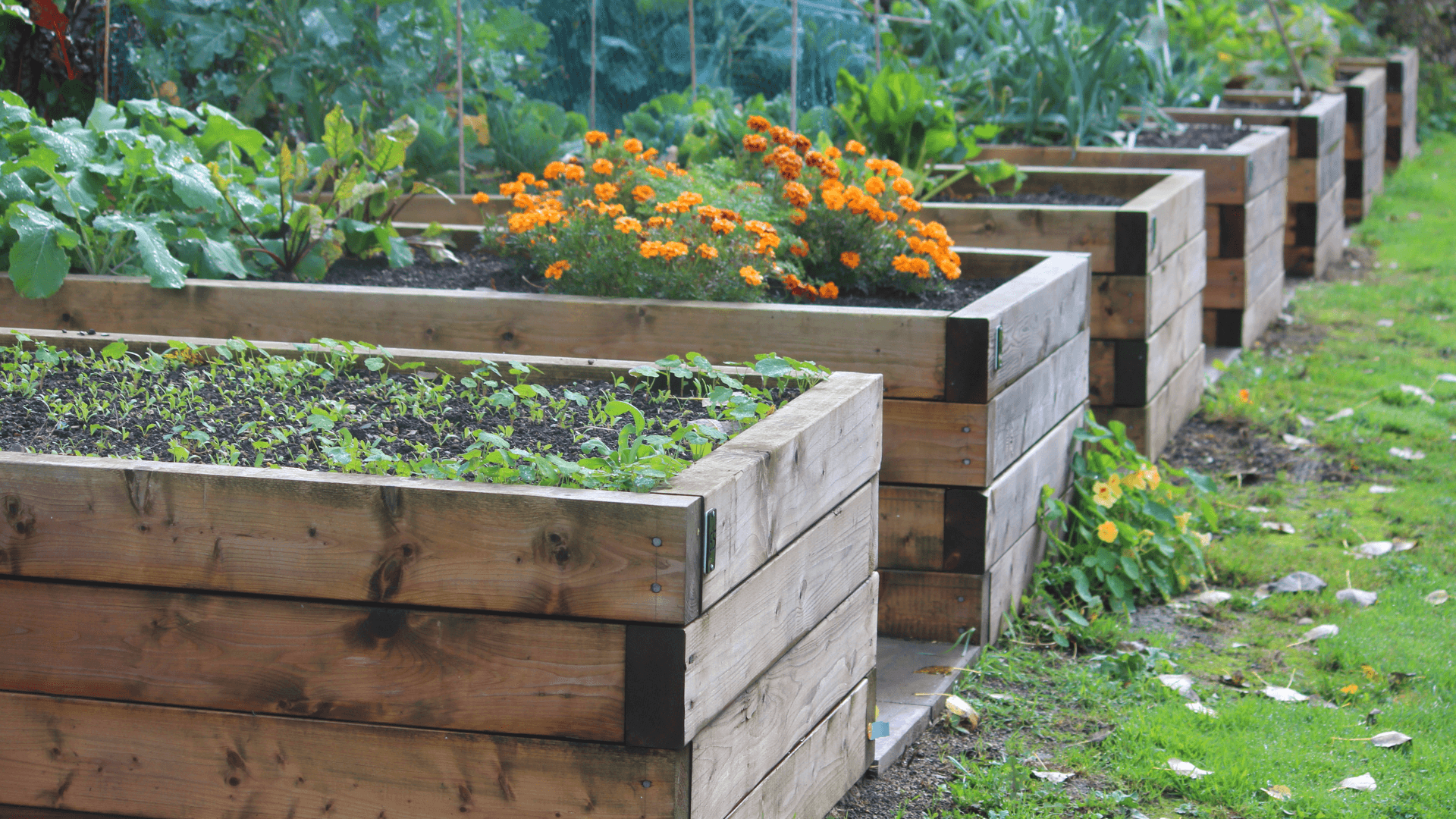Fall gardening can be a rewarding and productive season for growing a variety of crops. Here are a dozen tips to help you prepare for fall gardening:

1. plan your garden:
- Determine what crops you want to grow in the fall. Consider cool-season vegetables such as kale, lettuce, spinach, radishes, carrots, beets, and broccoli. Research the specific requirements and planting dates for each crop.
2. cleAn up your garden:
- Remove any spent plants or weeds from your garden beds. Clearing away debris helps prevent pests and diseases from overwintering in your garden.
3. improve soil health:
- Add organic matter, such as compost or well-rotted manure, to your garden beds. This will enrich the soil, improve drainage, and provide essential nutrients for your fall crops.
4. test and adjust soil ph:
Use a soil testing kit to check the pH level of your soil. Most cool-season crops prefer a slightly acidic to neutral pH (around 6.0 to 7.0). If needed, adjust the pH by adding lime to raise it or sulfur to lower it. Check out SoilKit!
5. consider crop rotation:
To minimize pests and diseases, practice crop rotation. Avoid planting the same family of crops in the same spot as the previous season. Rotate your crops to different beds or areas of your garden.
6. start seeds indoors:
Some fall crops benefit from starting seeds indoors and transplanting them later. Examples include broccoli, cauliflower, and cabbage. Follow the recommended planting dates and transplant seedlings when they have developed a few sets of leaves.
7. direct sow seeds:
Many fall crops can be directly sown into the garden. Follow the planting instructions on the seed packets, considering the days to maturity and the expected first frost date in your area. Remember to water the newly sown seeds regularly.
8. protect crops from frost:
As fall progresses, be prepared for colder temperatures and the threat of frost. Cover your crops with row covers, cold frames, or cloches to provide protection and extend the growing season.
9. maintain watering and fertilization:
Fall gardens still require regular watering, especially during dry periods. Mulching around your plants can help conserve moisture and regulate soil temperature. Consider using a balanced organic fertilizer or compost tea to provide nutrients to your growing plants.
10. monitor pests and diseases:
Keep an eye out for common fall garden pests and diseases, such as aphids, caterpillars, powdery mildew, and fungal infections. Promptly address any issues with organic pest control methods or appropriate treatments.
11. harvest regulary:
Harvest your fall crops at their peak of ripeness. Regular harvesting encourages continuous production and prevents crops from becoming overripe or developing a bitter taste.
12. plan for winter:
If you live in a region with harsh winters, consider preparing your garden for the upcoming cold season. Clean and store garden tools, empty and store containers, and protect any perennials or sensitive plants from frost or extreme temperatures.
Enjoy the harvest of your fall garden!

